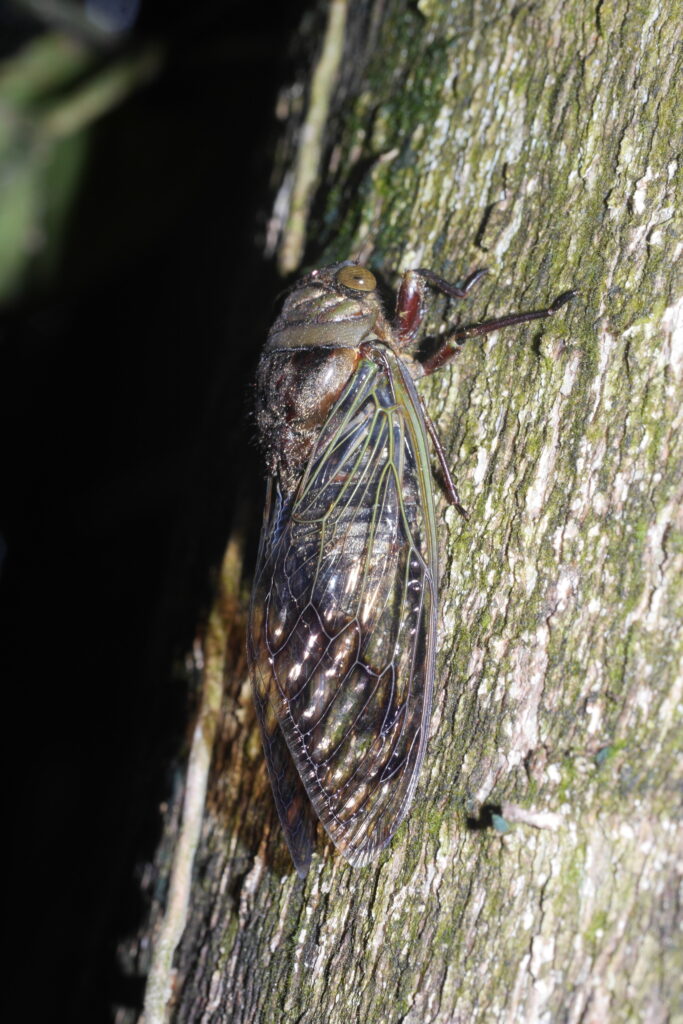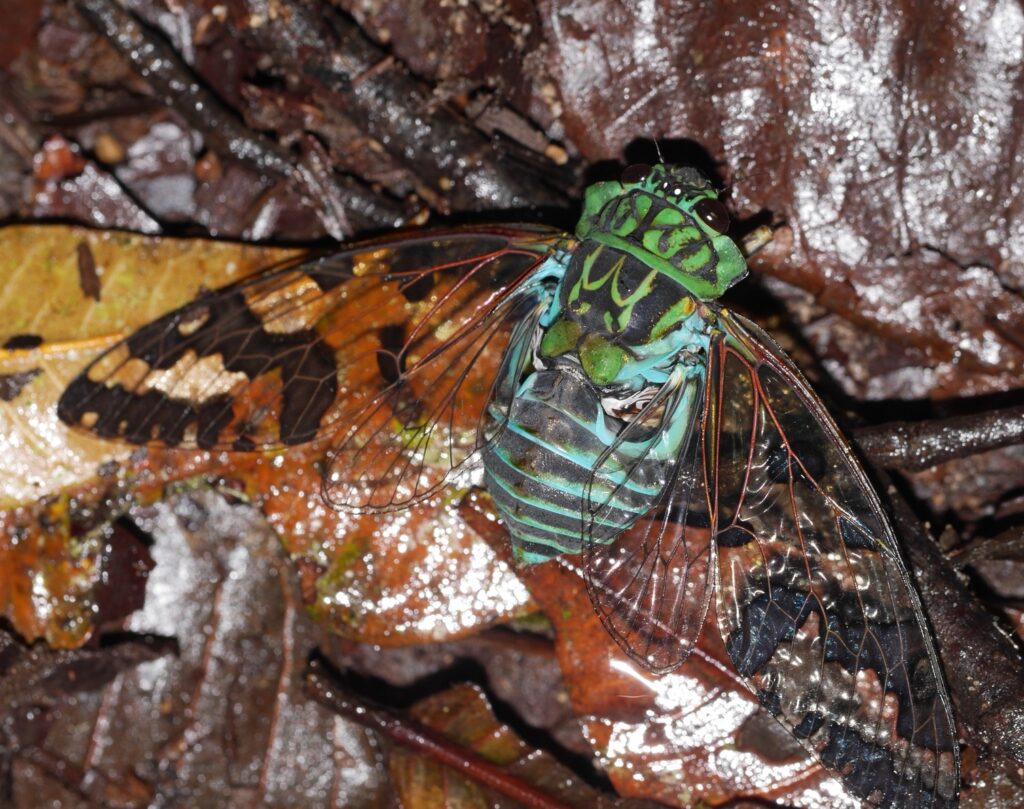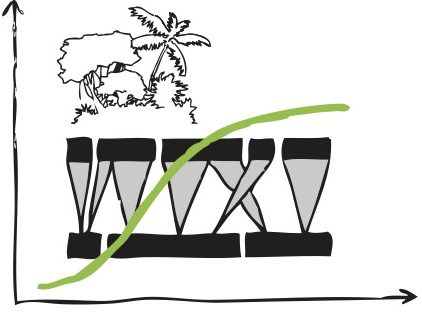Noisy cicada calls often shape the sound of tropical forests each day from dawn to dusk, with a reproducible temporal pattern. But a new study revealed that these song patterns are strongly reduced, less common and simplified when forests are converted to agriculture, and when agricultural sites or forest fragments are surrounded by a largely agricultural landscape. A team led by Jörg Müller conducted a survey with sound recorders in a total of 86 plots, comparing Reassembly plots along the chronosequence with additional plots in a landscape dominated by agriculture. Vertebrate sounds from these recordings can often been identified to species, for many birds even with AI (see Müller et al. 2023). Insects sounds can often not be determined to species level yet, but their sound variation still provides important information about the quality of ecosystems. Rosa Gindhart has characterized ciacada songs from 4816 audio files as part of her Bachelor thesis at the University of Würzburg, and now published these insights on cicadas in the jorunal Insect Conservation and Diversity.


Two of the loudly singing cicadas in the Canandé forest reserve. Fotos by Nico Blüthgen (from his small cicada collection in iNaturalist)

